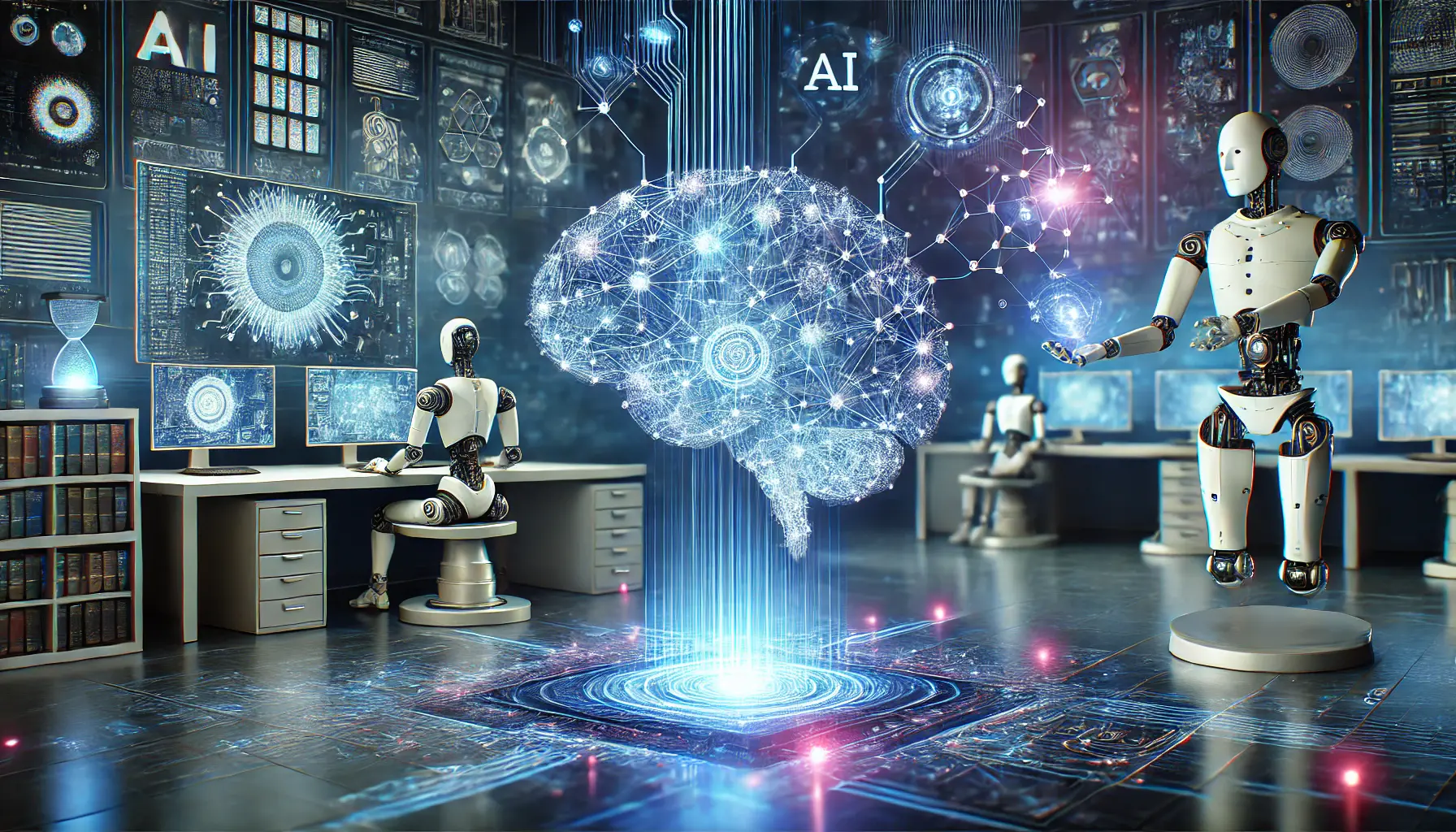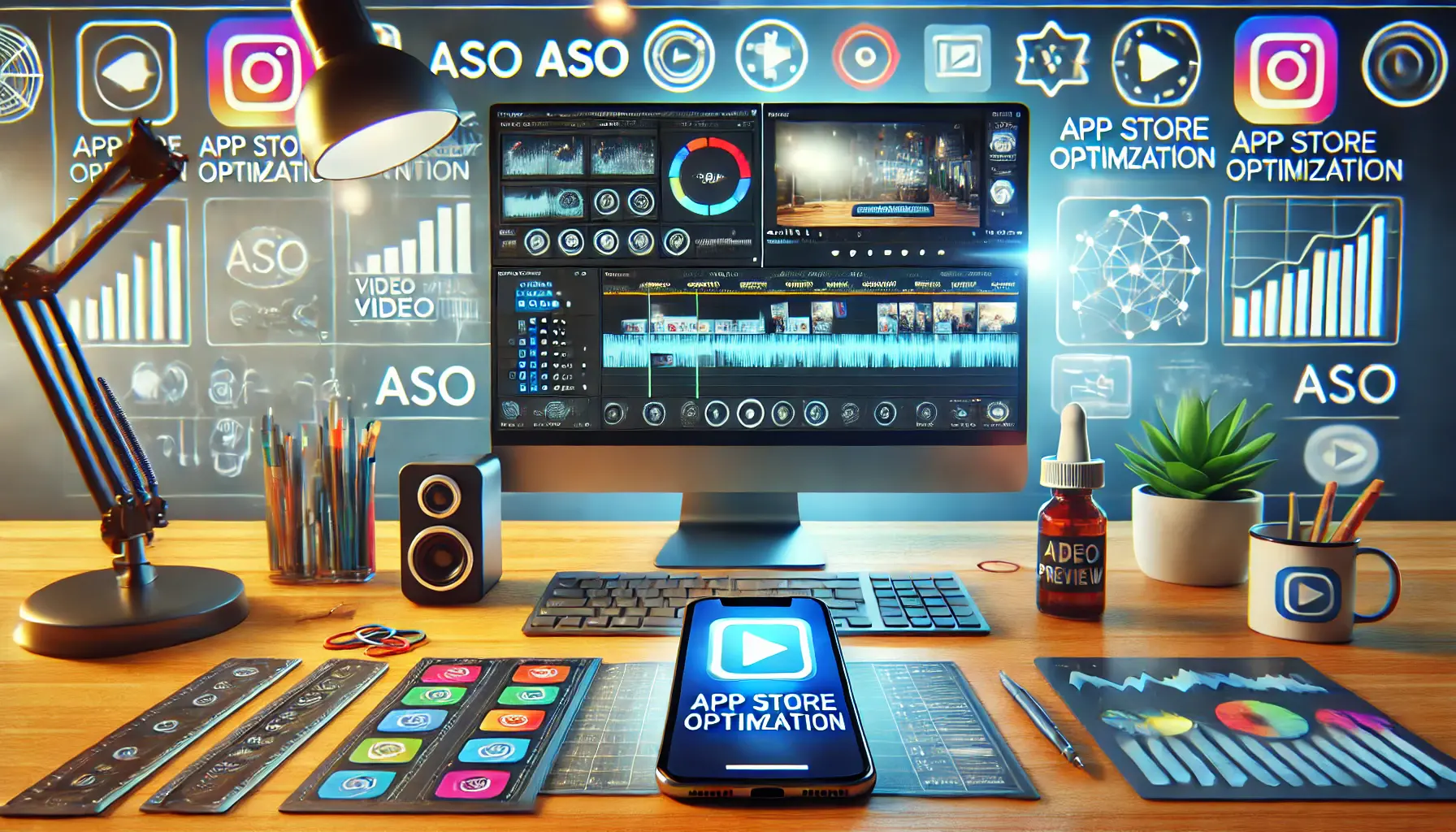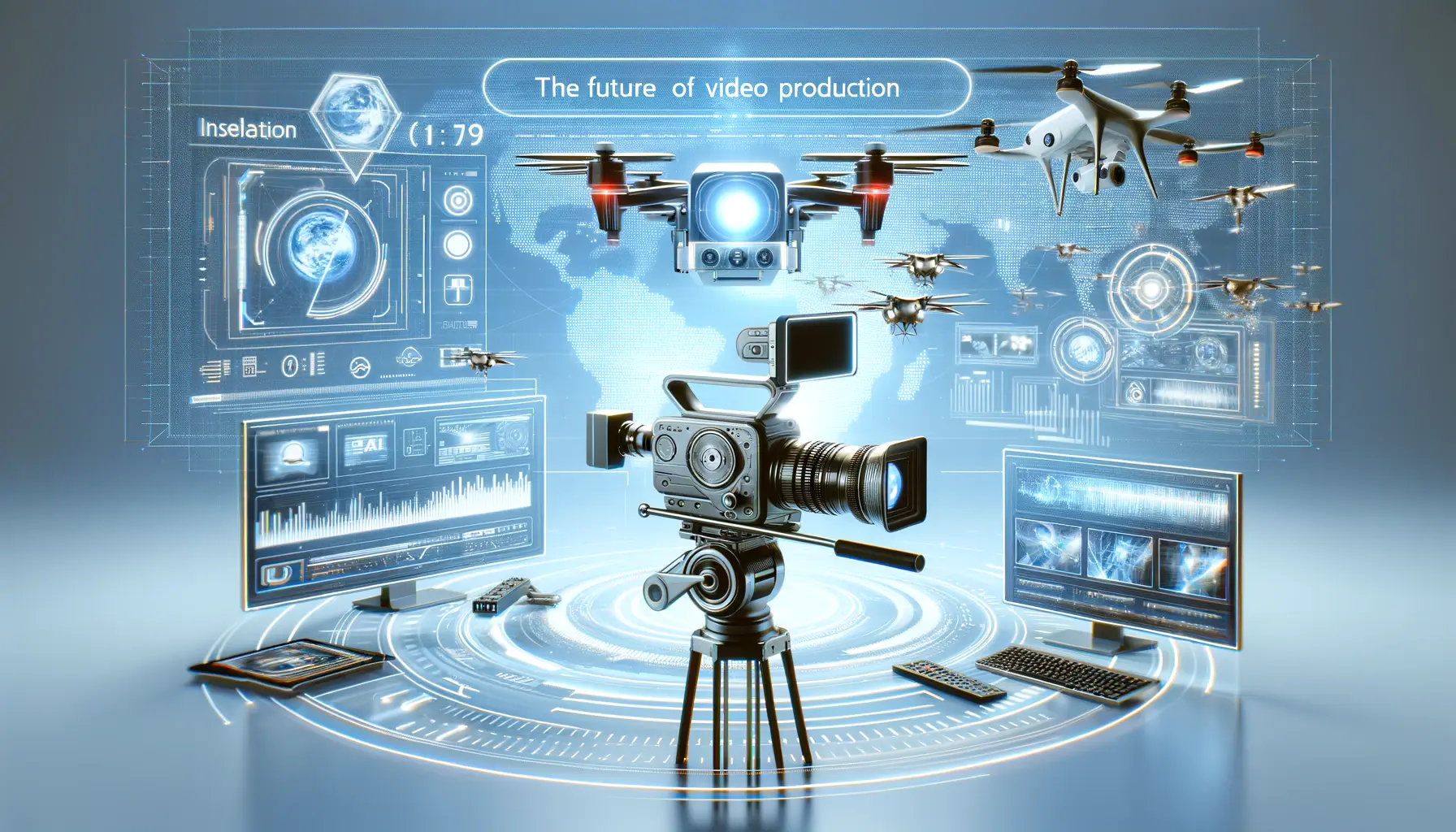The evolution of video production has been significantly influenced by the integration of artificial intelligence, with OpenAI’s Sora leading the charge.
This innovative tool is revolutionizing the industry by streamlining workflows, enhancing creativity, and opening up new possibilities for content creators.
Sora, with its advanced AI capabilities, is not just a tool but a game-changer in the way videos are produced, edited, and shared.
Understanding the impact of Sora on video production requires a deep dive into its functionalities and the benefits it brings to the table.
From automating tedious editing tasks to generating realistic scenes from text descriptions, Sora is at the forefront of the AI-driven transformation in video production.
Its ability to optimize workflows is not just about efficiency; it’s about redefining the creative process and enabling creators to achieve more with less.
- Introduction to Sora and Its Capabilities
- Enhancing Creativity and Innovation
- Optimizing Post-Production Processes
- Collaboration and Workflow Integration
- Cost Efficiency and Time Savings
- Future Trends in AI-Driven Video Production
- Challenges and Ethical Considerations
- Embracing the Future of Video Production with Sora
- FAQs: Optimizing Workflow with Sora in Video Production
Introduction to Sora and Its Capabilities
Sora, developed by OpenAI, represents a significant leap forward in the realm of video production.
At its core, Sora is a text-to-video AI model that empowers users to convert written descriptions into high-quality video content.
This capability is groundbreaking, offering a seamless bridge between conceptualization and visualization, thus significantly reducing the time and resources required to bring creative visions to life.
The tool’s intuitive interface and robust feature set make it accessible to professionals and amateurs alike, democratizing video production in unprecedented ways.
By leveraging Sora, creators can bypass traditional barriers such as the need for extensive filming equipment or advanced editing skills.
This democratization of content creation opens up a world of possibilities for storytelling, marketing, and educational content, making it a valuable asset in any video producer’s toolkit.
Streamlining Video Production Workflows
One of the most significant advantages of using Sora is its ability to streamline video production workflows.
By automating various stages of the editing process, Sora allows creators to focus more on the creative aspects of their projects.
This automation extends from the initial concept development phase, through editing and post-production, to the final output, ensuring a smooth and efficient workflow that can adapt to the demands of any project.
Moreover, Sora’s AI-driven approach to video production not only speeds up the workflow but also enhances the quality of the output.
Its advanced algorithms can generate realistic scenes, apply dynamic animations, and even adjust the mood and tone of the video based on the user’s input.
This level of customization and control is unparalleled, providing creators with the tools they need to produce content that truly stands out.
By optimizing workflow with Sora, video producers can achieve higher efficiency, better quality outputs, and more creative freedom in their projects.
Enhancing Creativity and Innovation
The advent of Sora in video production has not only streamlined workflows but also significantly enhanced creativity and innovation.
With its advanced AI capabilities, Sora provides a platform for creators to experiment with new ideas and push the boundaries of traditional video content.
This section explores how Sora fosters a creative revolution in the industry.
Unleashing Creative Potential
Sora’s text-to-video conversion feature is a powerful tool for unleashing the creative potential of video producers.
By simply inputting text descriptions, creators can visualize complex scenes without the need for extensive resources or technical skills.
This ease of use encourages experimentation and allows creators to explore innovative concepts that were previously out of reach.
Furthermore, Sora’s ability to generate content from textual descriptions enables a more inclusive creative process.
Writers, artists, and other creative professionals who may not have video production skills can now directly contribute to the creation of video content, broadening the scope of collaborative creativity and bringing diverse perspectives to the production process.
Expanding the Horizons of Video Content
- Dynamic Storytelling: Sora enables creators to tell more dynamic and engaging stories. With its AI-driven scene generation, video producers can craft narratives that are visually captivating and rich in detail, making it easier to connect with audiences on an emotional level.
- Interactive Content: The flexibility of Sora paves the way for more interactive and personalized video content. Producers can create videos that adapt to viewer inputs or preferences, offering a more immersive and engaging viewing experience.
- Exploring New Genres: With Sora, video producers can explore new genres and formats without the constraints of traditional production methods. Whether it’s blending live-action with animation or creating entirely new visual styles, Sora provides the tools to innovate and experiment.
Sora’s impact on creativity and innovation in video production is profound, offering creators the tools to explore new ideas, collaborate more inclusively, and engage audiences in novel ways.
Optimizing Post-Production Processes
The post-production phase in video creation is often the most time-consuming and resource-intensive.
Sora’s introduction into this landscape brings a transformative approach to editing, color grading, and adding effects, thereby optimizing the entire post-production process.
This optimization not only saves time but also enhances the overall quality of the final product.
Automating Tedious Editing Tasks
One of the standout features of Sora is its ability to automate tedious and repetitive tasks that traditionally bog down the post-production process.
Tasks such as trimming clips, syncing audio, and adding transitions can be streamlined through Sora’s AI capabilities.
This automation allows editors to focus their efforts on more creative aspects of post-production, such as storytelling and visual aesthetics.
Moreover, Sora’s intelligent editing tools are designed to learn from user preferences, making the tool more efficient and personalized over time.
This learning capability ensures that the more you use Sora, the better it becomes at anticipating your editing needs, further optimizing the post-production workflow.
Enhancing Visual Effects and Color Grading
- Visual Effects: Sora’s AI-driven platform offers advanced visual effects capabilities, enabling creators to add sophisticated effects to their videos with ease. From realistic CGI elements to complex animation sequences, Sora simplifies the process of enhancing videos with visual effects, making it accessible to creators of all skill levels.
- Color Grading: Color grading is essential for setting the tone and mood of a video. Sora provides intuitive color grading tools that leverage AI to automate the color correction process. This not only speeds up the workflow but also ensures consistency and quality across all scenes.
The optimization of post-production processes through Sora not only streamlines workflow but also opens up new creative possibilities.
By reducing the time and effort required for editing and effects, Sora enables creators to experiment with different styles and techniques, pushing the boundaries of what’s possible in video production.
Sora’s impact on post-production represents a significant advancement in video production technology, offering unprecedented efficiency and creative freedom.
Collaboration and Workflow Integration
In today’s digital age, collaboration and integration within creative workflows are essential for efficient video production.
Sora, with its cutting-edge technology, facilitates seamless collaboration among team members, regardless of their physical location.
This part delves into how Sora enhances collaboration and integrates smoothly into existing video production workflows.
Facilitating Remote Collaboration
The global shift towards remote work has made it imperative for video production tools to support collaboration across distances.
Sora addresses this need by offering cloud-based features that enable team members to work together on projects in real-time.
Whether it’s scriptwriters contributing text for video generation or editors refining the final product, Sora’s platform ensures that everyone can contribute their expertise efficiently.
Additionally, Sora’s version control and project sharing capabilities prevent the common pitfalls of remote collaboration, such as work duplication or loss of progress.
By centralizing project files and edits, teams can work more cohesively, ensuring that every contribution is aligned with the project’s overall vision.
Integrating with Existing Workflows
- Compatibility: Sora is designed to be compatible with a wide range of existing video production software. This compatibility ensures that incorporating Sora into an established workflow is smooth and straightforward, requiring minimal adjustments to current processes.
- API Integration: For larger production houses or more complex projects, Sora offers API integration, allowing for automated workflows and enhanced customization. This level of integration enables Sora to function as a powerful component within a broader ecosystem of production tools, further optimizing efficiency.
- Customization and Scalability: Sora’s flexible architecture allows for customization according to specific project needs or organizational workflows. Whether it’s a small independent project or a large-scale production, Sora scales to meet the demands of any video production environment.
By enhancing collaboration and offering seamless workflow integration, Sora is not just a tool for video production but a comprehensive solution that addresses the challenges of modern video creation.
Its capabilities in facilitating remote work and integrating with existing tools make it an invaluable asset for any video production team.
The ability to collaborate effectively and integrate seamlessly into existing workflows is what sets Sora apart in the realm of video production tools.
Cost Efficiency and Time Savings
The economic aspects of video production, particularly cost efficiency and time savings, are critical considerations for creators and production companies alike.
Sora’s innovative approach to video production significantly reduces both the time and financial investments required to create high-quality video content.
This section explores how Sora achieves these efficiencies and the impact on the video production landscape.
Reducing Production Costs
Traditional video production can be prohibitively expensive, involving costs for equipment, locations, actors, and post-production resources.
Sora mitigates many of these expenses by leveraging AI to generate realistic video content from textual descriptions.
This capability means that creators can produce complex scenes without the need for costly physical resources.
Additionally, Sora’s automation of repetitive post-production tasks further reduces the need for extensive manpower, thereby lowering overall production costs.
Moreover, Sora’s cloud-based platform minimizes the need for high-end hardware, as much of the processing is done on OpenAI’s servers.
This aspect not only makes video production more accessible to creators with limited budgets but also reduces the environmental impact associated with traditional video production methods.
Accelerating Production Timelines
- Efficient Workflows: By automating various stages of the video production process, Sora significantly accelerates production timelines. Tasks that would typically take hours or days can be completed in minutes, allowing creators to focus on refining their content and engaging with their audience.
- Real-time Collaboration: Sora’s support for real-time collaboration ensures that projects move forward without delays. Team members can provide immediate feedback and make adjustments on the fly, further speeding up the production process.
- Quick Iterations: The ability to quickly generate and modify video content allows for rapid iterations. Creators can experiment with different concepts and visual styles without the time constraints associated with traditional video production, leading to more innovative and polished final products.
The cost efficiency and time savings offered by Sora represent a paradigm shift in video production.
By democratizing access to high-quality video creation and making it more sustainable, Sora is paving the way for a new era of content creation that is both economically and environmentally conscious.
Sora’s impact on reducing production costs and accelerating timelines is transforming video production into a more accessible, efficient, and sustainable endeavor.
Future Trends in AI-Driven Video Production
The integration of AI technologies like Sora into video production is not just a passing trend but a glimpse into the future of the industry.
As AI continues to evolve, its role in video creation is expected to expand, bringing about significant changes in how content is produced, distributed, and consumed.
This section explores potential future trends in AI-driven video production and the implications for creators and audiences alike.
Advancements in AI Technology
As AI technology advances, tools like Sora are expected to become even more sophisticated.
Future iterations may offer improved natural language understanding, enabling the generation of video content that more accurately reflects the creator’s vision.
Additionally, advancements in machine learning algorithms will likely enhance the realism and quality of AI-generated visuals, making it increasingly difficult to distinguish between AI-generated content and traditional video footage.
Another area of potential growth is in AI’s ability to understand and replicate human emotions and storytelling nuances.
This advancement could revolutionize narrative video production, allowing for the creation of content that resonates more deeply with viewers by capturing the subtleties of human expression and interaction.
Impact on the Video Production Ecosystem
- Democratization of Content Creation: As AI-driven tools become more accessible and user-friendly, we can expect a further democratization of video production. This shift will enable a broader range of individuals and organizations to create high-quality video content, leveling the playing field between large production companies and independent creators.
- Personalization and Interactivity: Future AI technologies may allow for the creation of highly personalized and interactive video content. Viewers could influence the storyline or explore content in a non-linear fashion, leading to more engaging and immersive viewing experiences.
- New Forms of Monetization: The evolution of AI-driven video production will also open up new avenues for monetization. Creators will have the opportunity to explore innovative business models, such as dynamic content updates, personalized advertising, and interactive educational materials.
The future of AI-driven video production holds exciting possibilities for both creators and audiences.
As tools like Sora continue to evolve, they will not only transform the technical aspects of video production but also redefine the creative landscape, offering new ways to tell stories, connect with viewers, and explore the art of filmmaking.
The ongoing evolution of AI in video production promises to usher in a new era of creativity, accessibility, and interactivity, shaping the future of the industry in profound ways.
Challenges and Ethical Considerations
While the integration of AI like Sora into video production heralds a new era of efficiency and creativity, it also brings forth a set of challenges and ethical considerations.
As the technology advances, it’s crucial to address these concerns to ensure that AI-driven video production is used responsibly and benefits the industry as a whole.
This section delves into some of the key challenges and ethical considerations associated with AI in video production.
Navigating Intellectual Property Issues
One of the primary challenges in AI-driven video production is navigating the complex landscape of intellectual property (IP).
As AI tools generate content based on existing data, questions arise about the originality of the output and the ownership of AI-generated works.
Ensuring that creators receive proper credit and compensation for their contributions is essential for fostering a fair and sustainable ecosystem for video production.
Furthermore, the use of AI to replicate styles or elements from copyrighted works raises concerns about infringement.
Establishing clear guidelines and ethical standards for the use of AI in creating derivative works is crucial to maintaining the integrity of the creative industry.
Addressing Ethical Implications
- Authenticity and Misinformation: The ability of AI to create realistic video content has implications for authenticity and misinformation. Ensuring that AI-generated content is clearly labeled and used ethically to prevent the spread of false information is a significant challenge.
- Impact on Employment: While AI-driven tools like Sora optimize production workflows, there is concern about their impact on employment within the industry. Balancing the benefits of AI with the need to support and retrain professionals affected by technological changes is essential.
- Ensuring Diversity and Inclusion: AI algorithms are only as unbiased as the data they are trained on. Ensuring that AI-driven video production tools promote diversity and inclusion by avoiding biases in content generation is another critical ethical consideration.
As AI continues to transform video production, addressing these challenges and ethical considerations is paramount.
By fostering an environment of transparency, fairness, and responsibility, the industry can harness the full potential of AI like Sora while mitigating potential negative impacts.
Ignoring the challenges and ethical considerations associated with AI-driven video production could undermine the technology’s potential benefits and lead to broader societal issues.
Embracing the Future of Video Production with Sora
The integration of Sora into the video production process marks a significant milestone in the evolution of content creation.
As we have explored, Sora’s capabilities extend far beyond simple workflow optimization, touching upon creativity enhancement, cost reduction, and the democratization of video production.
The future trends in AI-driven video production, spearheaded by tools like Sora, promise a landscape where the barriers to entry are significantly lowered, and the potential for innovation is vastly expanded.
The Path Forward
As we stand on the brink of this new era, it’s clear that the challenges and ethical considerations associated with AI in video production cannot be overlooked.
The industry must navigate these waters with care, ensuring that the benefits of AI are harnessed responsibly and equitably.
The path forward involves a collaborative effort among technologists, creators, and policymakers to create a framework that supports ethical AI use, protects intellectual property, and promotes diversity and inclusion in content creation.
Key Takeaways
- The transformative impact of Sora on video production workflows, enabling creators to achieve more with less.
- The potential of Sora to unlock new realms of creativity and storytelling, making sophisticated video production accessible to a broader audience.
- The importance of addressing the ethical and practical challenges posed by AI-driven video production to ensure a positive impact on the industry and society.
In conclusion, Sora represents not just a technological advancement but a shift in the very paradigm of video production.
By embracing Sora and similar AI-driven tools, the video production industry can look forward to a future where creative expression is boundless, and opportunities for innovation are limitless.
However, this bright future can only be realized through a concerted effort to address the challenges that accompany these advancements.
As we move forward, the focus must remain on leveraging technology like Sora to enrich the video production landscape, ensuring it remains vibrant, inclusive, and sustainable for generations to come.
FAQs: Optimizing Workflow with Sora in Video Production
Explore common questions about enhancing video production workflows with Sora, OpenAI’s innovative tool.
Sora is an AI-driven tool by OpenAI designed to streamline and enhance video production workflows through advanced automation and creative capabilities.
By automating repetitive tasks, enabling text-to-video conversions, and facilitating seamless collaboration, Sora significantly reduces production time and costs.
Yes, Sora is designed to complement existing workflows, offering compatibility and API integration with popular video editing platforms.
Sora offers enhanced efficiency, creative freedom, cost reduction, and the ability to produce high-quality content with minimal resources.
Yes, from small-scale independent projects to large commercial productions, Sora’s scalable solutions cater to a wide range of video production needs.
Sora utilizes AI algorithms to automate complex editing tasks, such as color grading and visual effects, enhancing both efficiency and output quality.
Yes, Sora’s cloud-based platform supports real-time collaboration, enabling teams to work together seamlessly, regardless of location.
Future enhancements include more sophisticated AI capabilities for natural language understanding and scene generation, further revolutionizing video production.













